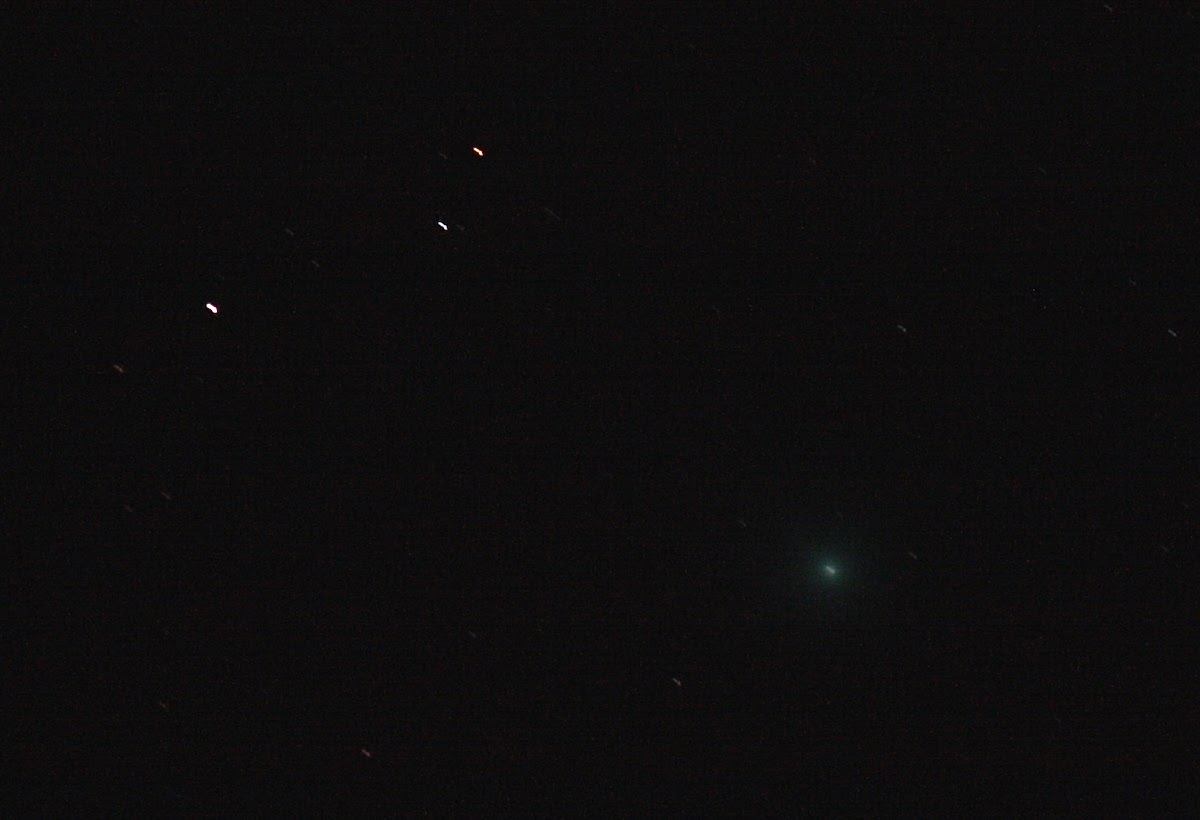Classes began for the spring semester on Monday morning. We students were excited for the beginning of a new set of classes, but the massive winter storm headed our direction was the topic of most conversations. Winter Storm Juno was closing in on the East Coast with predictions of two to three feet of snow along with tremendous winds.
The university preemptively canceled Tuesday classes on Monday afternoon shortly after a State of Emergency was declared by Governor Baker. Whispers traveled through the lecture halls and cheers erupted from the halls. For many students, especially those from warmer climates, this was to be their first ever snow day.
I awoke to shovels scraping on the sidewalk on Tuesday morning and looked out the window in hopes of seeing the effects of the "historic" blizzard. Unfortunately, the wind had blown snow against much of the window, making it difficult to peer outside.
When I made my way downstairs and opened the door to the courtyard of Standish Hall, I saw that over two feet of snow was now piled where just a few inches had sat the evening before.
I wandered along the slushy sidewalks and made my way towards the Charles River. Memorial Drive, the typically-bustling riverside road was silent.
The sycamores lining the drive were splattered with windblown snow.
Some students deemed it a good idea to leave their bikes out for the winter. Without a shovel and plowed roads, cycling would've been rather difficult on Tuesday. Skiing was the most common form of transportation I saw on the major roads.
Snowball fights ensued and snowmen popped up between the river houses and around Harvard Yard. Some students even rode sleds (aka cafeteria trays and laundry baskets) down the steps of Widener Library.
Unfortunately, while other schools received notices of further closer through Wednesday, Harvard students were sent a message confirming that normal operations would resume the next morning.
Come Wednesday morn, students with boots laced them up and trudged to class through sidewalks that were only partially shoveled and through slush-filled crosswalks. Some crosswalks were not adequately shoveled, leaving piles of snow to jump over to reach to road. Many students elected to simply walk up and down the road, much to the dismay of people in automobiles.
And just as we're settling down from this storm, more is projected to fall within the next week. Up to a foot more. Welcome to New England, I guess.
 |
| Winthrop, Eliot, and Kirkland Houses before the major snowfall |


















































